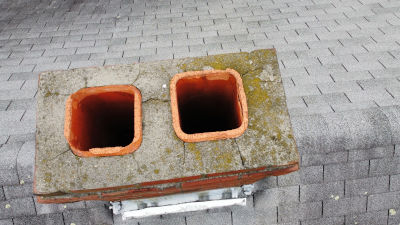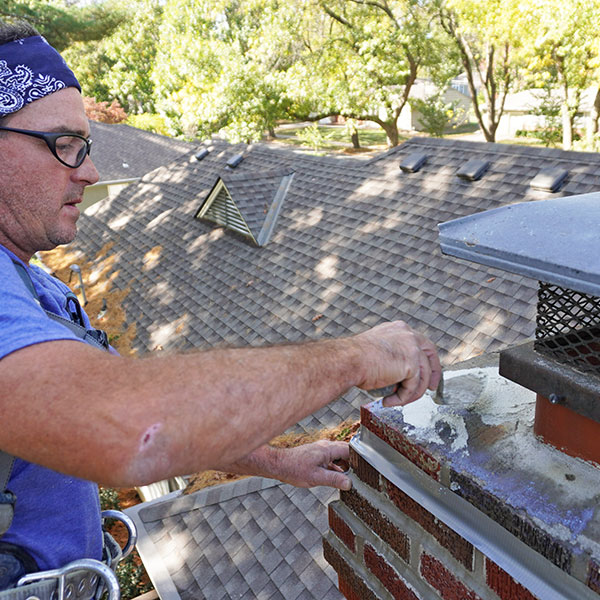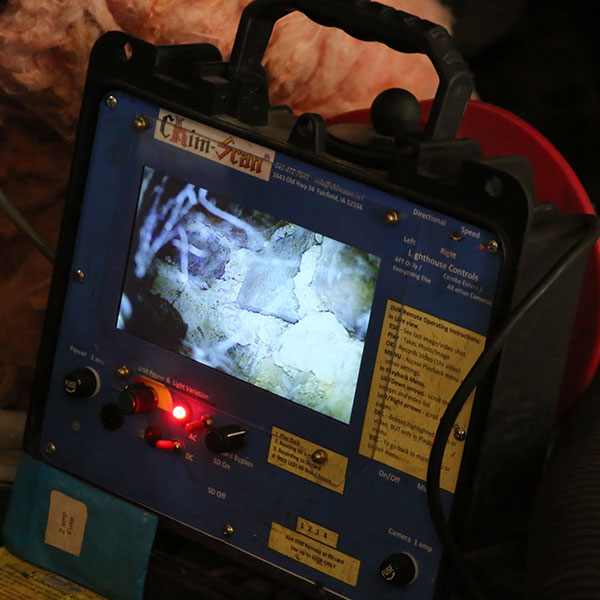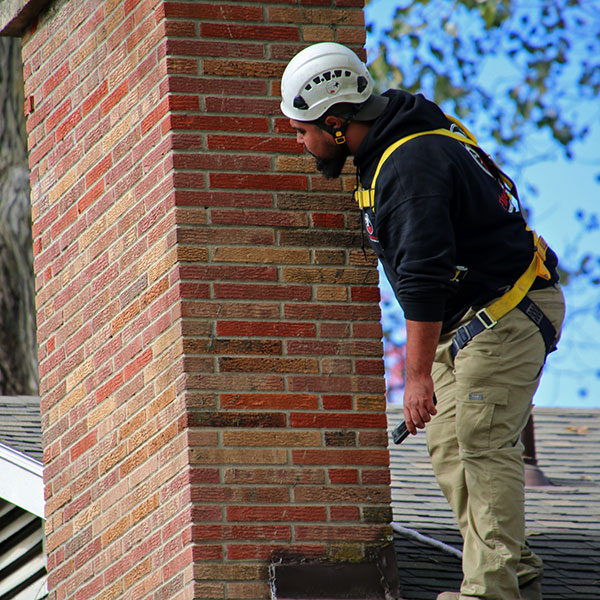Chimney Contractor: Chimney Mistakes That Can Get You Burned
If you have a chimney you use it to warm your house, but did you know that there are a number of mistakes that you can do and get burned? To shed some light here are the mistakes that you should avoid making:
Hiring any chimney contractor
For your chimney to be safe and function efficiently you have to clean it regularly. You also need to undertake regular chimney inspection. While you can do the work by yourself if you have the skills, it’s always recommended that you hire a chimney contractor to do it. In addition to the professional offering quality services, he/she will also identify problems and fix them before they get worse.
Most homeowners don’t take their chimneys seriously; therefore, they hire any contractor that comes their way. While some of the contractors offer ideal services, most don’t. For you to hire the right contractor you need to take your time and do your research. When hiring, take a look at the portfolio of the contractor. He/she should be experienced. He/she should also be certified by the necessary regulatory bodies.
Allowing birds and animals to live in your chimney
While birds might look beautiful when they are flying out of your chimney, they pose a great danger to your chimney and you property at large. The safety and warmth provided by the chimney attracts birds and animals that build nests up there. These nests tend to prevent smoke from escaping from the house. There are also some birds and animals that die in the chimney causing further chimney blockage.
When your chimney is blocked, it means that plenty of creosote is deposited on the chimney walls. This puts your chimney at the risk of catching fire. Also due to blockage, carbon monoxide isn’t properly expelled from the house. As you know, high levels of the gas are poisonous thus you risk dying in your sleep when you allow birds and animals in your chimney.
To avoid this you should contact the animal control department and ask them to remove the birds and animals from your chimney.
Cleaning the chimney by yourself
You need to undertake chimney cleaning to maintain your chimney in good working condition and keep it safe. In the bid of saving money, some homeowners opt to clean the fireplaces by themselves. While you can clean the fireplace by yourself, you won’t give the best results as you won’t have the necessary cleaning tools. To be on the safe side hire a chimney sweeping professional to help you out.
The post Blog first appeared on First Class Chimney Services.
This post first appeared on https://www.firstclasschimneyservices.com
 Drone Inspections Tell Us
Drone Inspections Tell Us
 When a new baby arrives, things start to change. New parents begin to experience no sleep, poopy diapers, bottles, formula, along with a new sense of safety concerns. Safety issues come from every corner of the house. Electrical outlets need to be covered, cabinets safety proofed, and sharp objects need to be out of reach. Does anyone think about the fireplace? That thought ordinarily doesn’t come until after the baby becomes mobile. It is possible to have a fireplace, stove, or
When a new baby arrives, things start to change. New parents begin to experience no sleep, poopy diapers, bottles, formula, along with a new sense of safety concerns. Safety issues come from every corner of the house. Electrical outlets need to be covered, cabinets safety proofed, and sharp objects need to be out of reach. Does anyone think about the fireplace? That thought ordinarily doesn’t come until after the baby becomes mobile. It is possible to have a fireplace, stove, or  Fireplace Inspection & Cleaning
Fireplace Inspection & Cleaning
 While no action you can take will guarantee there will never be any mold in your chimney, there are several things you can do to reduce the chances of a serious outbreak. The key to mold prevention is keeping water and moisture out of your flue.
While no action you can take will guarantee there will never be any mold in your chimney, there are several things you can do to reduce the chances of a serious outbreak. The key to mold prevention is keeping water and moisture out of your flue. Inspecting a chimney for mold
Inspecting a chimney for mold
 Place a Decoy on or Near the Chimney
Place a Decoy on or Near the Chimney Water + chimneys = bad recipe
Water + chimneys = bad recipe Annual chimney inspections
Annual chimney inspections